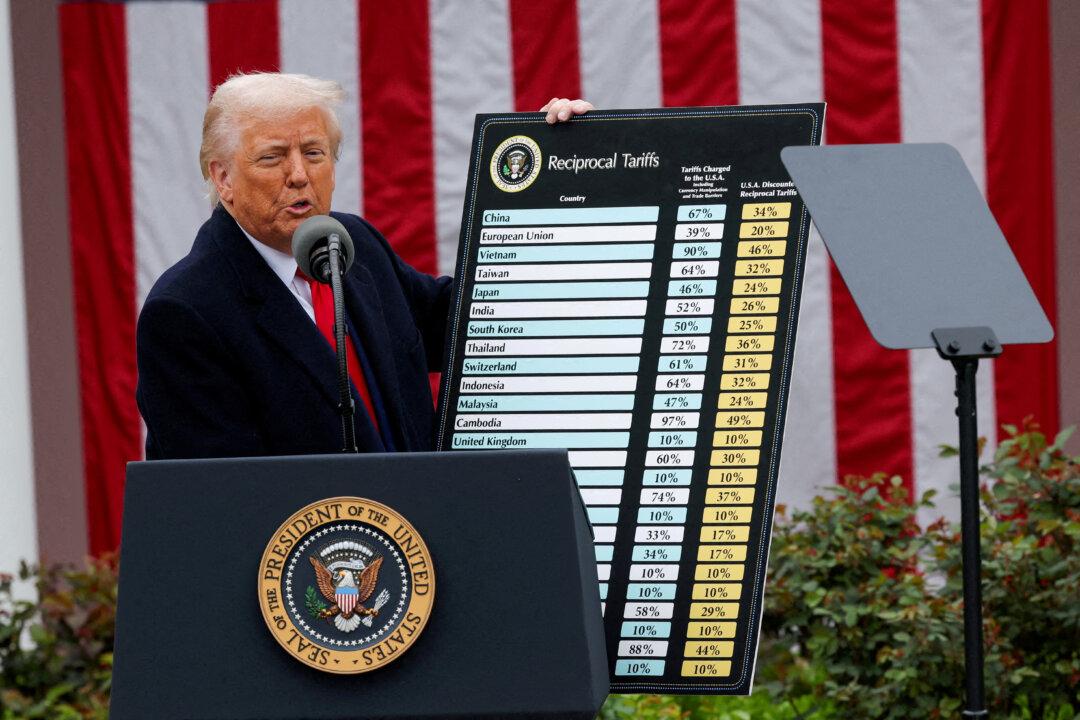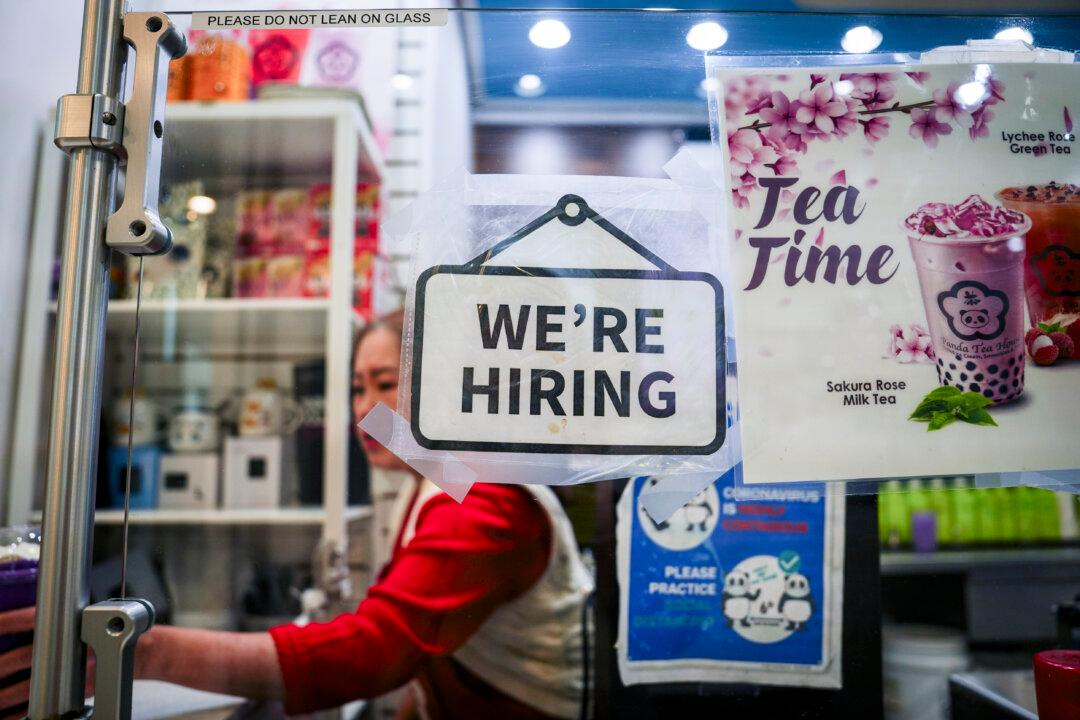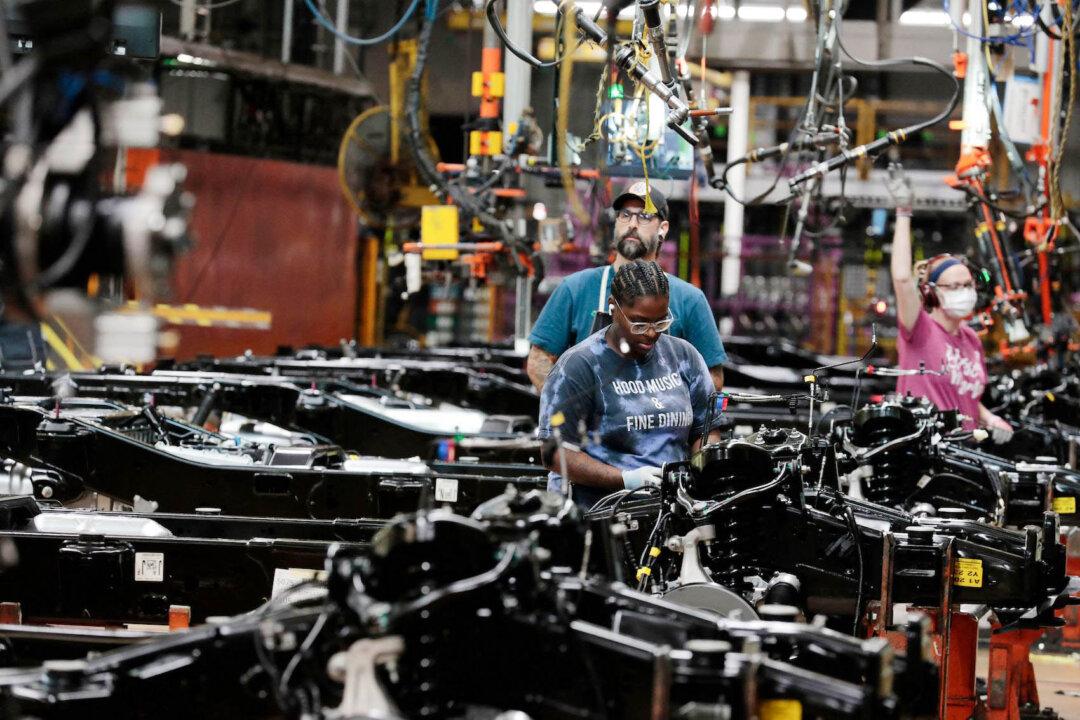Since declaring his 2024 presidential candidacy, President Donald Trump has concentrated much of his economic agenda on trade, specifically tariffs.
“We have been ripped off for decades by nearly every country on Earth, and we will not let that happen any longer,” Trump declared in his much-anticipated April 2 announcement on broad tariffs.
From leveling the playing field in global trade to reshoring U.S. manufacturing, the Trump administration aims to wield the tariff instrument to accomplish the president’s goals.
Jan. 20
President Donald Trump signs a presidential memorandum outlining his trade agenda, including plans for tariffs on major U.S. trading partners, including China, Mexico, and Canada, to curb the flow of illicit drugs and illegal immigrants and address the trade deficit.Jan. 26
Trump threatens 25 percent tariffs on all goods from Colombia after President Gustavo Petro rejects two U.S. military aircraft carrying illegal immigrants to the Latin American country. Petro retaliates with a 25 percent levy on U.S. products. The Colombian leader reverses his decision a day later and accepts the flights.Feb. 1
The president signs an executive order implementing a 10 percent baseline tariff on all Chinese goods entering the country. In addition, Trump announces 25 percent levies on goods from Canada and Mexico. Both sets of tariffs are set to go into effect on Feb. 4.Mexican President Claudia Sheinbaum orders retaliatory tariffs, though she does not specify what will be targeted.

Feb. 3
Trump postpones tariffs on Canada and Mexico by 30 days. This delay allows both other governments more time to institute their broader border agendas and engage in economic discussions. The new date they go into effect is March 4.Feb. 4
The 10 percent tariff on Chinese imports takes effect.Feb. 10
The president issues two proclamations expanding Section 232—a 1962 law that allows the president to implement tariffs on imports if they are determined to be a threat to national security—tariffs on all steel and aluminum imports. The action raises the tariff rate from 10 percent to 25 percent and abolishes all exemptions.Feb. 13
Trump teases his reciprocal tariff plan that will match the rates charged by other countries on U.S. goods.March 4
Trump raises tariffs on Chinese goods by an additional 10 percent, lifting the cumulative rate to 20 percent. At the same time, the president approved a 30-day delay for various Canadian and Mexican goods to limit supply chain disruptions.
March 5
Trump authorizes a one-month exemption on his new tariffs on goods compliant with the United States–Mexico–Canada Agreement (USMCA).March 6
Tariffs on Canadian and Mexican goods compliant with the USMCA are paused for 30 days. Levies on other non-USMCA products, including 10 percent tariffs on Canadian energy and potash, remain in effect.March 10
China’s second round of countermeasures—tariffs on various U.S. commodities, such as including beef, chicken, dairy, corn, cotton, and fruits and vegetables—take effect.March 12
Australian Prime Minister Anthony Albanese says the U.S. tariffs are “entirely unjustified,” but says his country will not retaliate.
“Tariffs and escalating trade tensions are a form of economic self-harm and a recipe for slower growth and higher inflation,” Albanese says in a news conference.
“They are paid by the consumers. This is why Australia will not be imposing reciprocal tariffs on the United States.”

March 13
The president threatens a 200 percent tariff on European champagne, wine, and spirits if the European Union moves ahead with a 50 percent levy on U.S. whiskey.March 24
Trump writes in a Truth Social post that he will implement a 25 percent tariff on all imports from any nation that purchases oil or gas from Venezuela.March 27
The president announces a 25 percent tariff on automobiles, light trucks, and car parts not manufactured in the United States.April 1
The European Union confirms a two-part retaliatory plan that concentrates on nearly $30 billion of U.S. agricultural and industrial products.
April 2
Trump declares a national emergency by invoking the International Emergency Economic Powers Act (IEEPA) and installs a 10 percent universal baseline tariff on all imports, beginning April 5. He also unveils his sweeping reciprocal tariff plans of as high as 50 percent to go into effect on April 9.April 4
China introduces a third round of countermeasures, including 34 percent tariffs on $144 billion of U.S. goods. The Chinese regime also revealed additional non-tariff efforts, such as trade sanctions, export restrictions, and probes into U.S. companies.April 5
In an April 5 letter to Trump, Cambodian Prime Minister Hun Manet offers to reduce tariffs from the maximum 35 percent to a 5 percent applied tariff rate.“In expression of our good faith and in spirit of strengthening our bilateral trade relations, Cambodia is committed to promote U.S.-based product imports with an immediate reduction of 19 product categories from our maximum 35 percent tariff-bound rate to 5 percent applied tariff rate,” Manet wrote.

April 8
Canada imposes a 25 percent import duty on U.S.-made automobiles not compliant with the USMCA.April 9
Trump pauses and reduces most reciprocal tariffs to 10 percent for most U.S. trading partners. Additionally, he immediately increases the levy on Chinese goods to 145 percent.April 10
China bolsters its tariff rate further, to 125 percent on all U.S. goods.
April 12
Taiwan is one of the first nations to engage in trade discussions with the United States.April 16
Trump, joined by Treasury Secretary Scott Bessent and Commerce Secretary Howard Lutnick, meets with Japanese officials at the White House to talk trade.
April 22
White House press secretary Karoline Leavitt, says the administration is “doing very well” and “moving in the right direction” toward making a deal with the Chinese communist regime.April 23
Trump suggests he could increase tariffs on cars from Canada.“I really don’t want cars from Canada,” Trump tells reporters at the Oval Office. “So when I put tariffs on Canada, they’re paying 25 percent, but that could go up in terms of cars. When we put tariffs on, all we’re doing is we’re saying, ‘We don’t want your cars in all due respect.’”
Treasury Secretary Scott Bessent tells reporters that the administration is estimating U.S.–China trade negotiations to last two to three years to ensure a “full rebalancing” in global trade.

April 29
Trump signs executive orders offering tariff relief to U.S. automakers.The Trump administration will provide domestic car companies a 15 percent rebate this year if they finish assembling their automobiles in the United States. They will also receive a 10 percent rebate next year.
In addition, automakers will continue paying a tariff rate of 25 percent on imported vehicles, but the executive action will prevent other adjacent levies from “stacking” on top of the others.







